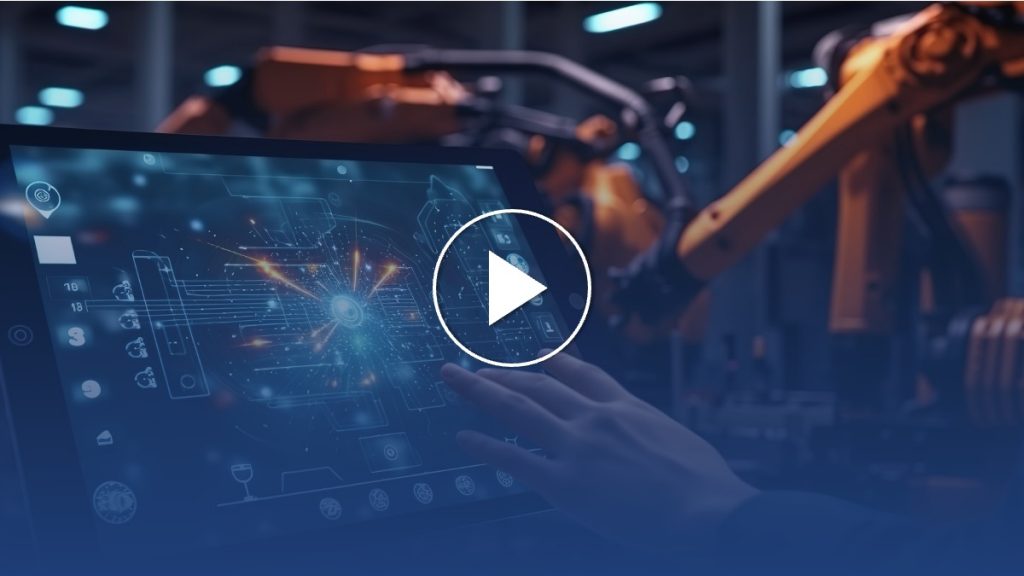Transforming Industrial Efficiency: The Power of Centralized Data and AI in Manufacturing
At Automate 2024, the conversation with Yushiro Kato, Founder & CEO of CADDi Inc. focuses on innovative solutions in the manufacturing industry that address persistent challenges such as process redundancy and data management inefficiencies. A shining example of this innovation is the approach taken by organizations that leverage artificial intelligence to revolutionize procurement and design processes within manufacturing, particularly for small—to medium-sized enterprises.
The Challenge of Redundancy
In traditional manufacturing settings, redundancy manifests notably in the repetition of creating similar designs or procurement processes without recognizing or utilizing past data. This not only leads to inefficiencies but also wastes valuable resources and time. The necessity for a system that can centralize and leverage historical data is becoming increasingly evident as companies strive to optimize their operations.
Centralized Data Systems: A Modern Solution
Centralizing data into a single, accessible hub represents a transformative shift in managing and utilizing information. Such systems not only store critical data but also make it readily available for various operational needs, thereby enhancing decision-making processes and reducing the tendency to ‘reinvent the wheel.’ By integrating AI, these platforms can automatically connect disparate data types, from 2D drawings to quality reports, creating a cohesive understanding of available resources.
AI at Work: Enhancing Efficiency
The application of AI in these centralized data systems extends to extracting textual information from drawings and understanding component shapes. This capability allows for the identification of similar past designs when working on new projects, significantly reducing the time and effort spent in design phases. For manufacturers, this means accelerated project timelines and increased accuracy in creating new components, directly impacting overall productivity and reducing costs.
Overcoming Implementation Challenges
Despite the apparent advantages, integrating such advanced systems is not without its challenges. Resistance to adopting new technologies, particularly AI, often stems from a lack of understanding or fear of change. Addressing these concerns requires not just technological solutions but also strong customer support and educational efforts to demonstrate the tangible benefits of these systems.
The Role of Preventive Maintenance
Another critical application of these AI-enhanced systems is in maintenance. Maintenance personnel can use the system to quickly identify parts and determine alternatives if the original parts are unavailable. This capability is particularly valuable in urgent situations, offering potential temporary solutions that prevent prolonged downtimes.
Cybersecurity Considerations
With the increasing reliance on cloud-based systems to manage and store sensitive data, cybersecurity remains a top priority. While cloud systems offer numerous advantages over traditional on-premises storage, such as resilience to physical damage from incidents like fires, they also require stringent security measures to protect against digital threats. Dispelling myths and educating users about the security benefits of modern cloud solutions is crucial to gaining trust and encouraging adoption.
Looking Forward
The integration of AI and centralized data platforms in manufacturing is not just a trend but a fundamental shift towards more efficient, intelligent production environments. As the industry continues to evolve, the adoption of these technologies will play a pivotal role in shaping the future of manufacturing, making operations more streamlined and responsive to changing market demands.
The interview was recorded by Greg Orloff from IIoT World during the Automate 2024 show in Chicago. This summary was created based on the video transcript with the assistance of https://chat.openai.com. It was edited by the IIoT World team.
